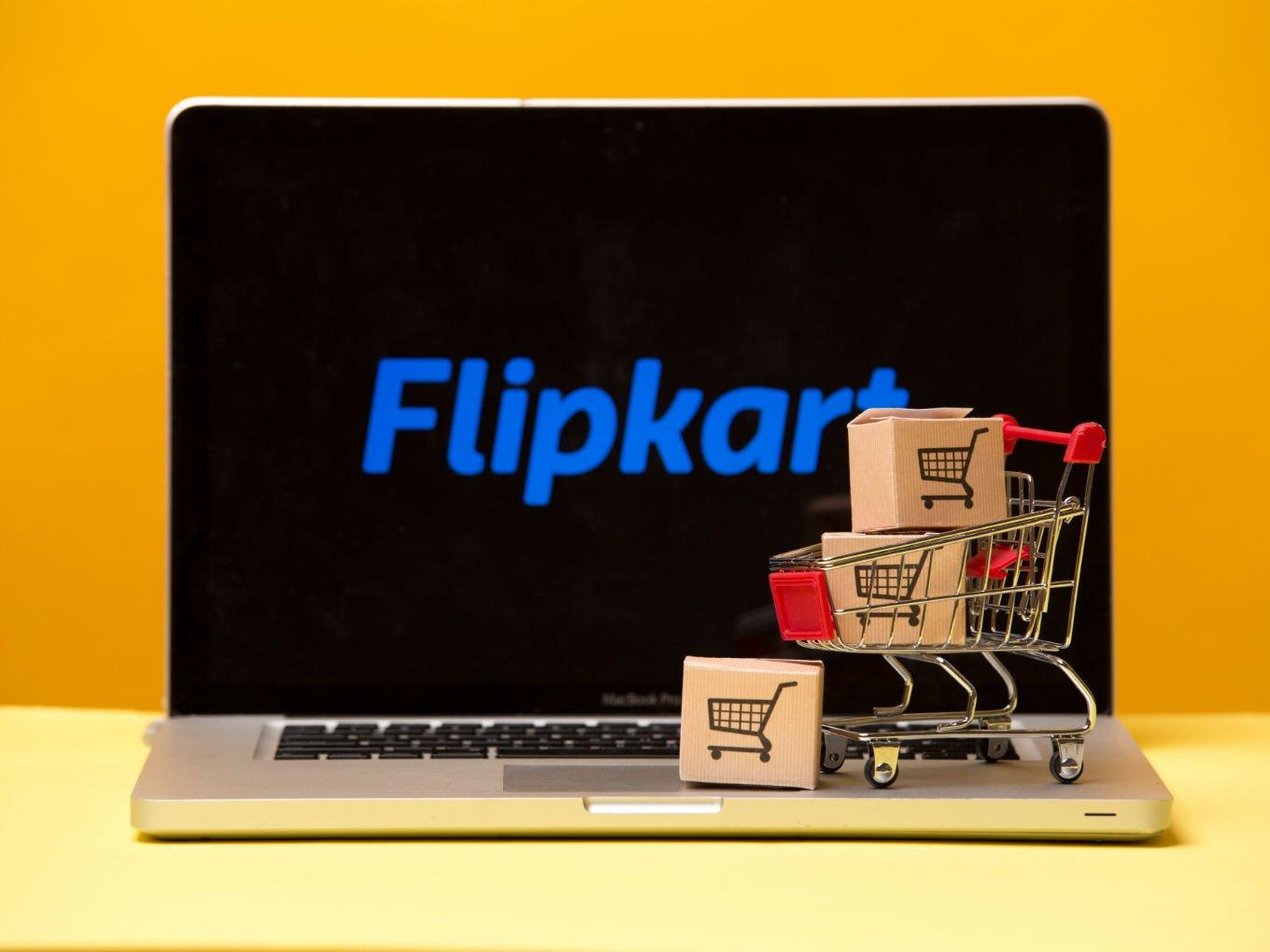Flipkart is one of India’s biggest startup success stories
The company has over 160 Mn users and 150 Mn products across 80+ categories
Flipkart charges commissions from sellers and also sells under its private labels
In 2007, two IIT Delhi grads and ex-Amazon employees — Sachin Bansal and Binny Bansal — got together to launch Flipkart as an online bookstore — the first of its ilk in India. Who knew then that it would go on to become India’s most valuable ecommerce business and be acquired by Walmart in a whopping $16 Bn deal.
The Business Model Of Flipkart
Flipkart, which has redefined shopping in India, works on a B2C (business to consumer model). Flipkart started off with a direct-to-consumer model selling books and some other products, before turning to a marketplace model which connect sellers and buyers and expanding its catalogue. Today, it sells everything from smartphones to clothes to furniture refrigerators to FMCG goods — and yes, books too.
Flipkart claims to have lakhs of sellers on board from across India who list their products in over 80 categories. The average consumer might not care who the seller is and has a relationship with Flipkart, whereas the seller who may not have reached the customer at all can now do so thanks to Flipkart’s platform. To facilitate this transaction and fulfil the order, Flipkart charges a varying percentage as a commission fee from the seller.
Flipkart Revenue And Losses
Flipkart earned INR 30,164 Cr in revenue for FY18. The company also multiplied its losses fivefold reaching INR 46,895 Cr.
The major expense which increased the losses for the year ending March 2018 was finance costs, mostly under “fair value loss on derivative financial instruments”, which increased nearly tenfold to INR 40,937 Cr in FY18 from INR 4,309 Cr in FY17.
Flipkart has also recently introduced private labels such as MarQ and SmartBuy, which sell products in various categories. One of the biggest contributors to Flipkart’s annual revenue is the customer footfall and activity during its big sales with huge discounts around festivals such as The Big Billion Day.
In recent months, this discounting has come under the government scanner and this could impact the company’s revenue in the long-term.
Here’s a look at the investments made by Flipkart Group in the India business over FY 2018-19:
- March 2018: INR 4,472 Cr ($686 Mn)
- September 2018: INR 3,463 Cr ($486 Mn)
- December 2018: INR 2,190 Cr ($307.5 Mn)
- January 2019: INR 1,431 Cr ($200.8 Mn)
Other Sources Of Income For Flipkart
- Seller Commission: Flipkart charges a commission from the sellers since it provides a platform for sale for them
- Convenience Charge: Flipkart charges a convenience fee to the buyers for faster delivery
- Logistics: E-Kart is Flipkart’s logistics company and facilitates the fulfillment of orders from sellers to buyers through its logistics arm. It charges a fee from the sellers for the same. There is no standard charge levied as it changes according to the geography
- Advertisement: Flipkart sells advertising space to companies on its website. This offers a leverage to the companies buying the advertising space as they are presented first to the millions of customers visiting the Flipkart website daily
- Media Buying: Flipkart releases ads for certain brands in the popular newspapers, radios, televisions, etc, In doing so, Flipkart charges a sum from the brands that it advertises for.
Flipkart Goes Beyond Ecommerce
In 2016, Flipkart acquired a fintech company called FxMart and released a payments service called PhonePe. PhonePe offers a UPI-based payments app as well as support for billing, recharges, ecommerce and other online services. As per the UPI data released for August 2019, PhonePe was the leading app for UPI payments in India.
Post the acquisitions by Walmart last year, Flipkart has increasingly turned to hybrid or omnichannel sales model. It recently opened a FurniSure experience store to help customers touch and feel the furniture products before making the purchase.
Besides ecommerce, Flipkart has recently acquired a food retail license, which it will use to run its fresh, locally-produced food retail business under the name FarmerMart. It’s also selling groceries online through Flipkart SuperMart in some cities.
































 Ad-lite browsing experience
Ad-lite browsing experience